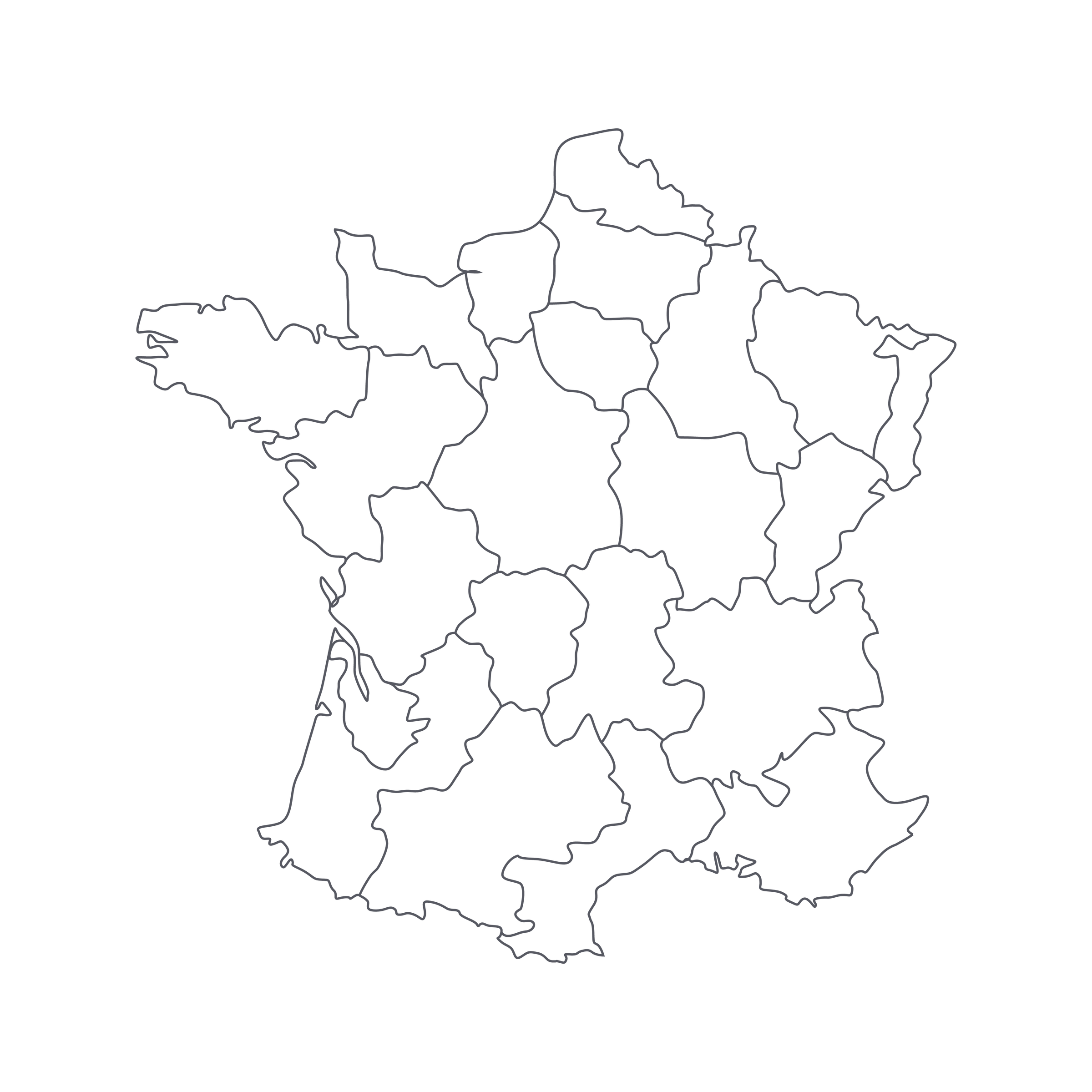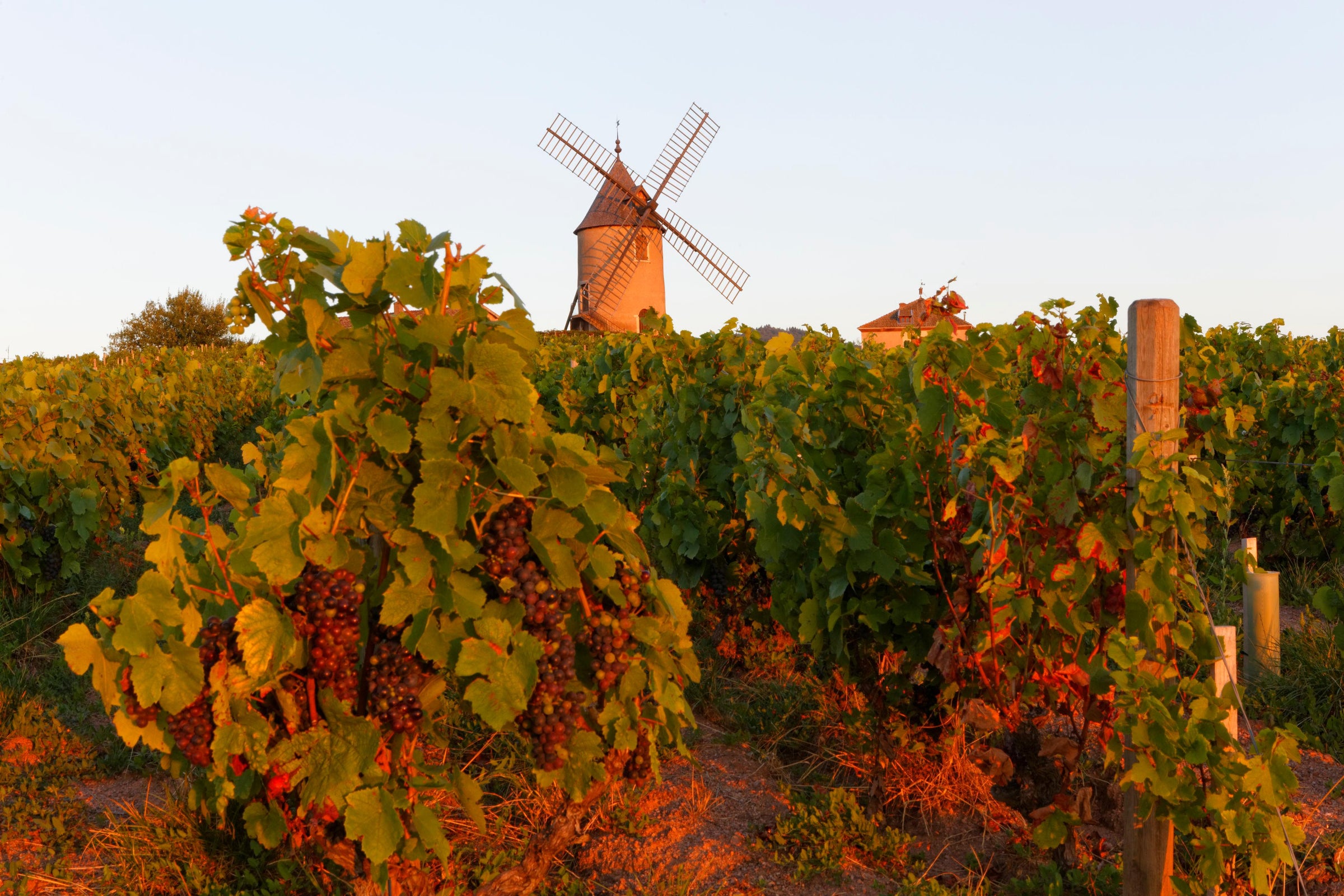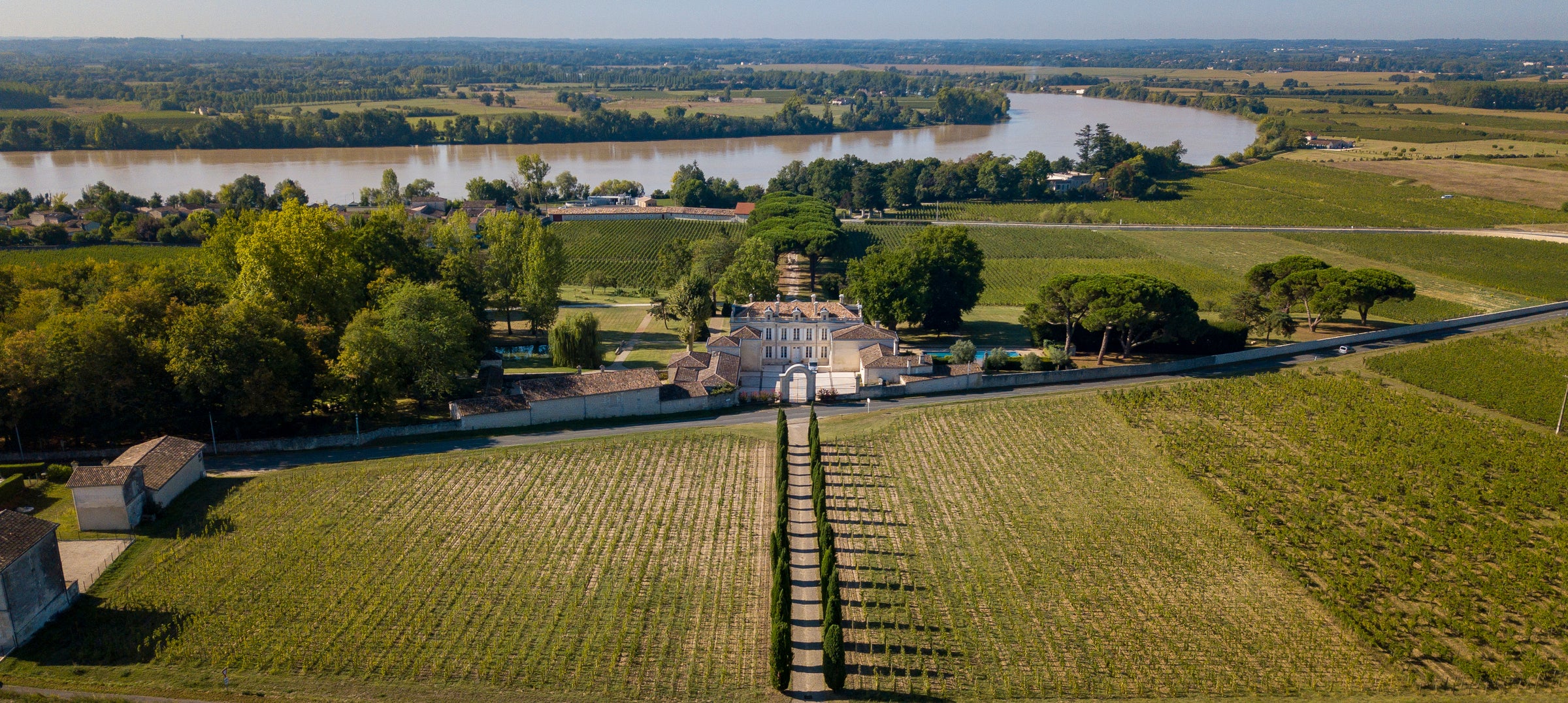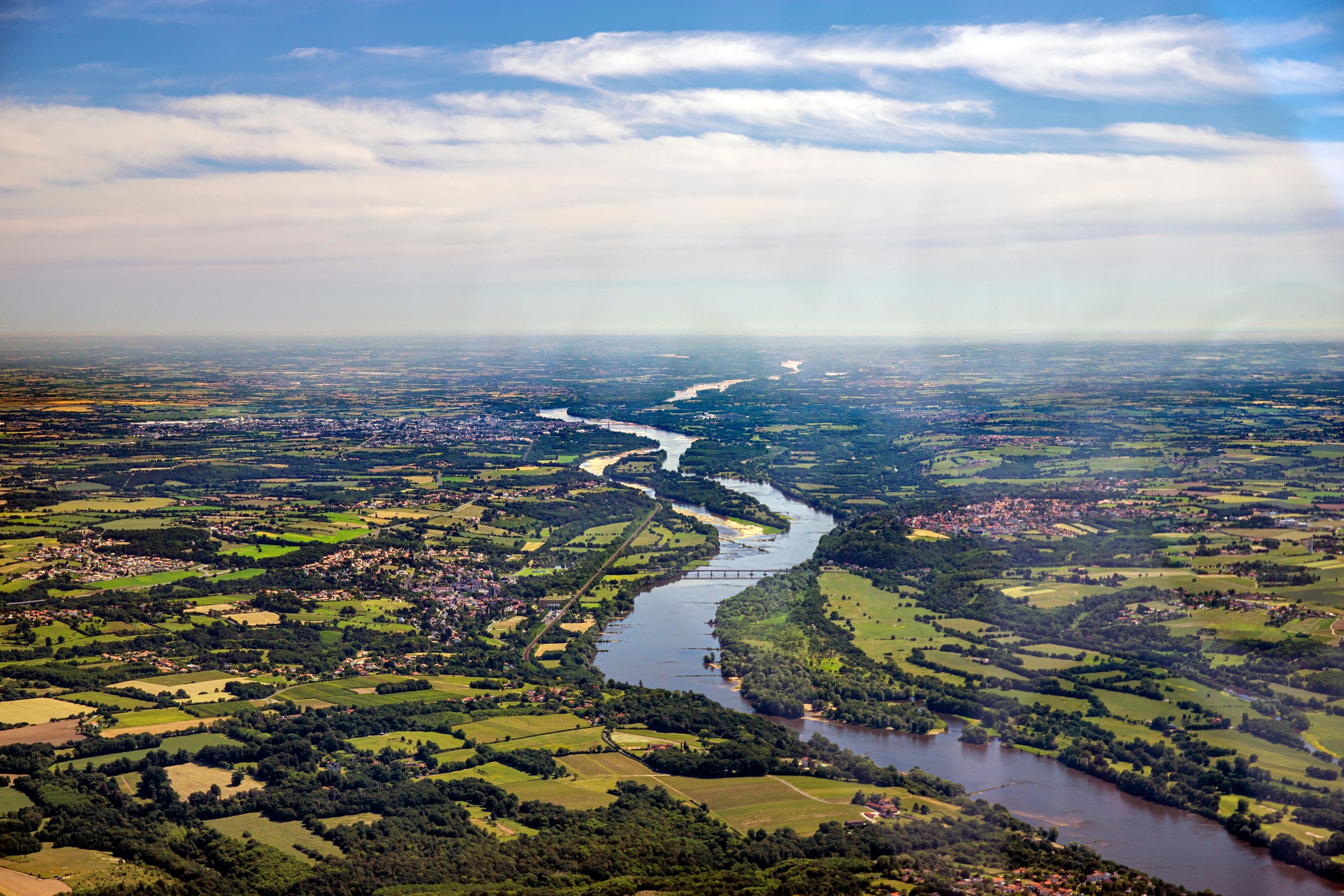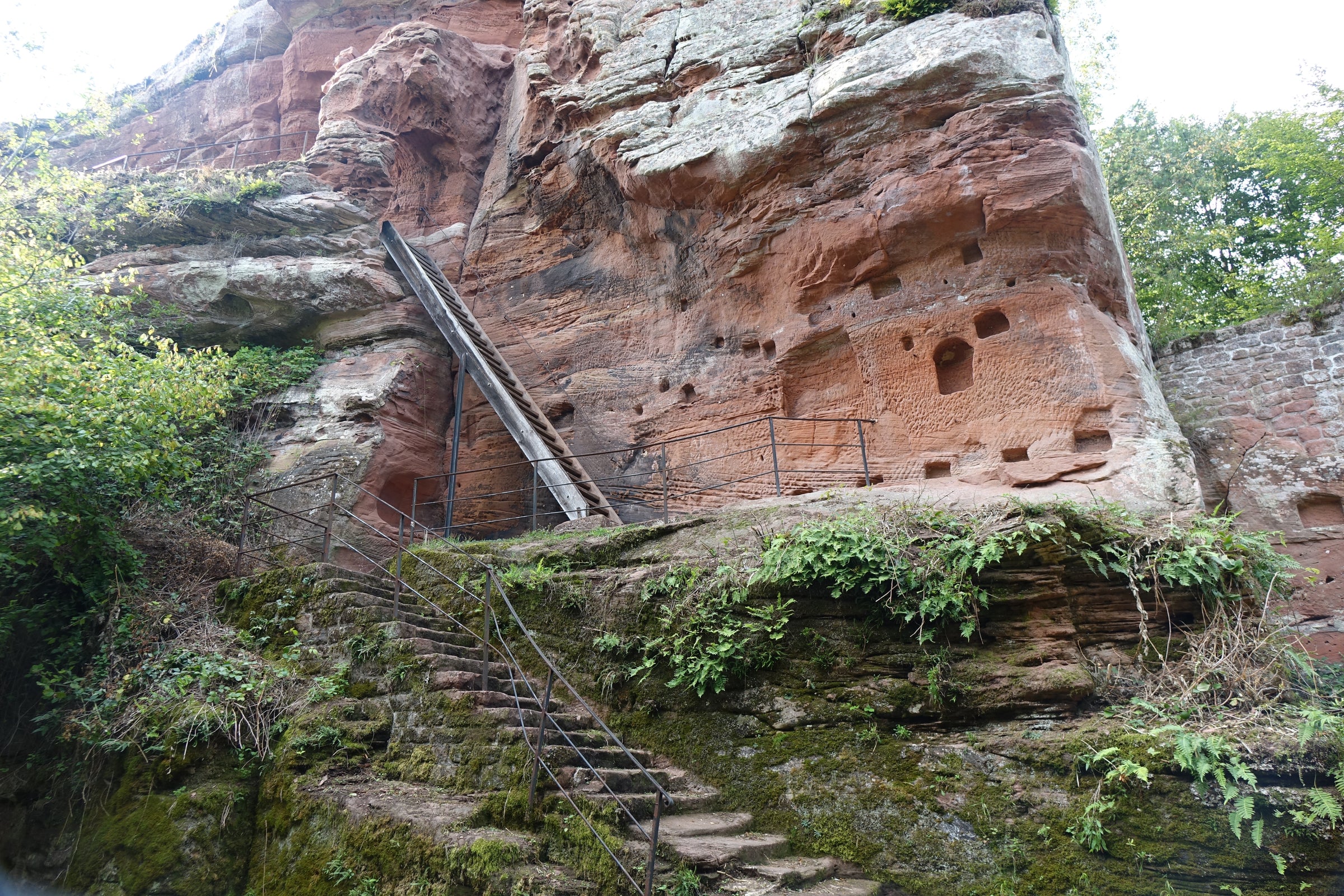Today’s wine would shine regardless of the context in which it was tasted, but we happened to taste it alongside other wines not just from Burgundy but from other world-class appellations in France and elsewhere. There wasn’t a bad wine in the bunch—in fact, there were some big-name labels in the mix—and still, this 2014 Chambolle-Musigny is like finding a golden ticket in your Wonka Bar.
There’s something about great red Burgundy that, whether you’re biased or not, leaves no doubt as to which is the smartest, most charming, best-looking wine in the room. This isn’t to say there weren’t other great reds on the table, but this was the one that produced the epiphanic, “Okay, now we’re getting somewhere” moment. As for its maker, Philippe Chéron, his label is a new one in Burgundy even though his family is not: He is a native of the region who ran the family
négociant business there for more than a decade, and in 2010 he acquired some of choice vineyard parcels that had belonged to his grandfather (and had long been leased to others). Among these prized sites is the source of today’s exquisite Chambolle-Musigny, “Clos de L’Orme”—an acclaimed
lieu-dit nearly adjacent to the Premier Cru “Les Charmes,” a parcel which, upon seeing it, makes you wonder how it, too, isn’t classified Premier Cru. The wine certainly drinks like a Premier Cru, showing off the bricks-wrapped-in-silk suaveness that characterizes great Pinot Noir from Chambolle. I wish we could have gotten more, because Chéron has quickly become a hot ticket: This is beautifully made, impeccably sourced, cellar-worthy red Burgundy that’s poised for true greatness, so if you’re able, grab all six of the bottles we’re allowing per customer.
Unless you’ve just joined us, you know by now how I feel about 2014 for red Burgundies (very, very good). The impeccable balance of the vintage is on glorious display in this wine from Chéron, who’s no newcomer when it comes to winemaking. Although he’s from Burgundy and studied winemaking at the Lycée Viticole de Beaune, he began his winemaking career at Domaine du Montmirail in Gigondas (another family property). Later, back in Burgundy, his stint as a négociant was followed by a distinguished turn as winemaker at Domaine Belland in Santenay. Then, in a stroke of great luck, the leases on his grandfather’s vineyards expired the same year (2010) he left Belland after it was sold. Originally, Chéron’s wines were released under his grandfather’s Domaine Paul Misset label, after which the Philippe Chéron label debuted in 2011.
Look at a
map of Chambolle-Musigny and you can home in on the prime positioning of the Clos de l’Orme lieu-dit, much of it situated at the same point on the slope as Premier Cru “Les Charmes.” It’s nearly equidistant (500 meters or so) from Grand Cru Bonnes Mares to the north and Grand Cru Musigny to the south, and Burg-o-philes may be familiar with the (much more expensive) bottling from the site made by Sylvain Cathiard. Chéron’s version fermented on indigenous yeasts in temperature-controlled concrete vats and aged about a year in 50% new French oak
barriques before bottling.
Today’s 2014 is a textbook rendering of Chambolle-Musigny, with a radiant core of red-fruited Pinot Noir goodness carried as if on a silk pillow. It’s a wine that expresses its power by way of freshness and aromatics, rather than extract or tannic intensity. In the glass, it’s a luminous garnet-red with ruby and pink reflections, with a few swirls unleashing a delicious perfume of ripe red and black cherries, wild strawberry, crushed raspberry, sandalwood spice, rose petals, Orange Pekoe tea, vanilla, leather, and underbrush. It is medium- to medium-plus in body with well-rounded tannins, but it is still firmly structured enough to merit splashing in a decanter a good 30-45 minutes before serving at 60-65 degrees in Burgundy stems. With time open, it really blossoms into a beguiling and pretty style of Pinot Noir, and I can’t wait to see what 3-5 more years of cellar time add to it—I suspect an extra layer of luscious, fruity flesh, which should be magical. Serve this refined, polished Pinot with lighter meats and even seafood so as not to overshadow its many nuances. I think it would pair up nicely with the spice mix in the attached boneless lamb loin recipe, but you could just as easily opt for pork, chicken, or salmon. This wine is going to shine, brightly, so long as you don’t bury it under something heavy. It’s a terrific new discovery that’s not to be missed!


